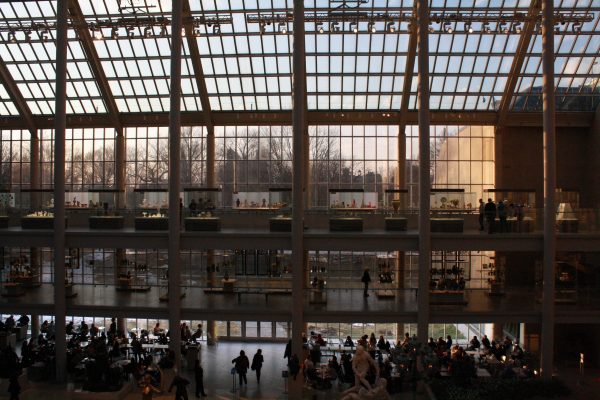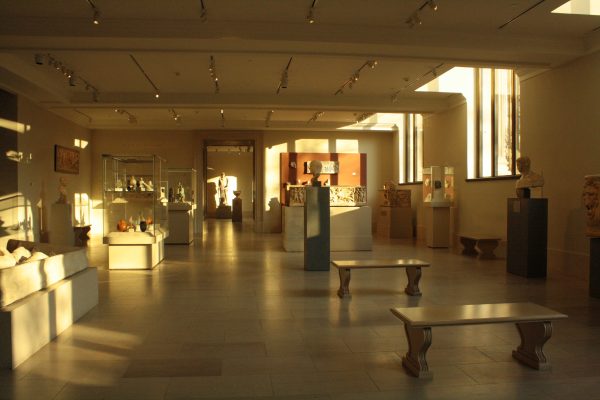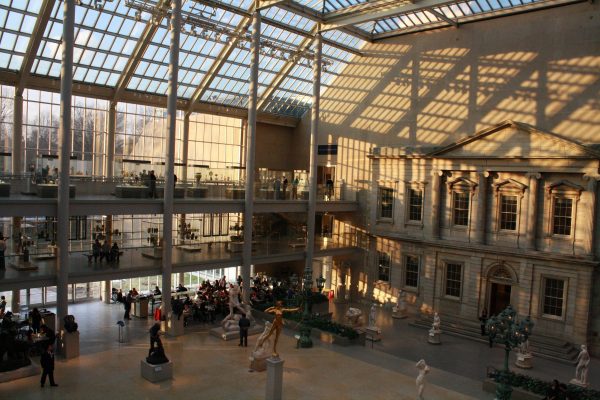A Look into the MET’s Latest Art Exhibition
November 16, 2017
In early October, the Metropolitan Museum of Art debuted its latest exhibition in the Robert Lehman Collection. Entitled “Leonardo to Matisse,” it explores the development of European art from the Renaissance up to the modern age, featuring art from Leonardo da Vinci, Henri Matisse and dozens of artists in between.
This particular exhibit traces the development of the European art movement between the 15th and 20th centuries through the lens of Robert Lehman, who had acquired each of the 59 pieces of the collection in his lifetime. By the time he passed in 1969, his art collection numbered more than 700 pieces. His preference for highly finished drawings and certain elements of ingenuity are particularly relevant in this compilation organized by Dita Amory, the curator in charge, and Alison Nogueira, associate curator.
Interestingly, this collection exclusively features drawings as opposed to other artistic mediums. The curators wanted to focus on the foundational role of drawing for all visual arts, including sculpture, drapery and painting. However, the exhibit prevents monotony by diversifying the subjects and methods of creation; to quote the entrance to the exhibit, “From portraits, figure studies and landscapes to mythological and biblical narratives, the drawings represent a dynamic array of sacred and secular subjects in media ranging from metalpoint, pen and ink, and chalk to graphite, pastel, and charcoal.” The selection of drawings also serves to provide a look into the various facets of artistic creation, from da Vinci’s “Study of a Bear” anatomical sketch to Rembrandt’s re-imagination of “The Last Supper.”


Upon entrance into the Robert Lehman Wing, one walks into a circular floor plan that begins in the Renaissance and moves gradually into Impressionism and Post-Modernism. Each piece maintains cultural relativism of their day while preserving a reconciliation of the physical and the intellectual. It is lit sporadically, with the entrance fairly dark to represent the emergence from the Dark Ages into the well-lit hall of the enlightenment and exploration of the Renaissance. Each corridor sways from periods of darkness into light, to highlight the highs and lows of each era, ultimately concluding in the warmth of the rest of the museum, encouraging creative thought in the viewer.
The headlining artists include da Vinci, Dürer, Rembrandt, Seurat and Matisse. Da Vinci’s “Study of a Bear” praises his diligent observations of the natural world and his exhausting attention to anatomical accuracy, as well as his ever-working mind, having reused a sheet with faint outlines of a female’s portrait underneath the bear. Albrecht Dürer’s “Six Studies of Pillow” not only appeals to active nappers, but it also explores the various effects of drapery and shadows on everyday objects. His 1493 “Self-Portrait” represents an awakening self- consciousness that also came with the Northern Renaissance. Eugène Delacroix’s “Study for Liberty Leading the People” utilizes seemingly random brush strokes to detail a scene of violence on Parisian street, inspired by the July Revolution of 1830. Vincent Van Gogh even makes an appearance in the Impressionism and Early Modernism portion with his “Road in Etten,” an observation of the routine peasant and labor work he witnessed in 1881. The exhibition wraps up with the centerpiece “Study of a Ballet Dancer” by Edgar Degas; oil and opaque watercolors splashed on pink paper evoke mental concentration and the natural movement of the human body.
The members of the Robert Lehman Foundation make this exhibit possible, but it will not be on view forever. The exhibition closes on Jan. 7, 2018 and is free with general admission donations. Be sure to check out this fascinating glimpse into art history through the eyes of a passionate collector while it’s still open to the public!











